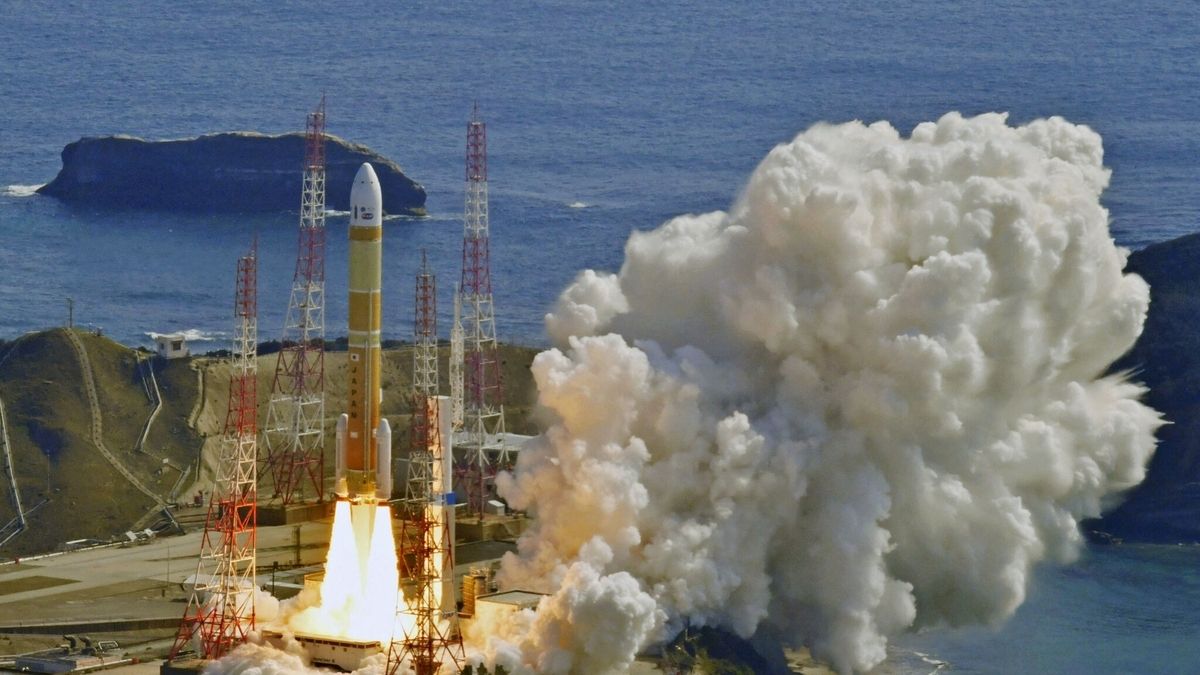After multiple setbacks, including the failure of its first flight last year, Japan’s satellite program is back on track with the successful launch of its new H3 flagship rocket on Saturday.
Japan’s Aerospace Exploration Agency (Jaxa) has now triumphed twice in a row following the launch, with its moon lander Smart Lander for Investigating Moon (Slim) having made a “pinpoint” touchdown last month.
Japan, a very minor player in space relative to the number of launches, is working with the United States, an ally, to challenge China, and is looking to revive its program.
In a live feed that included scientists celebrating and hugging each other at the Tanegashima Space Center in southern Japan, Jaxa stated that the H3 had a “successful liftoff” at 22:00 GMT and was “on course” with its engines operating as intended.
The agency subsequently reported that all of its payloads—two microsatellites and a dummy satellite—were released safely. The two-decade-old H-IIA will be replaced by the H3.
Jaxa and main contractor Mitsubishi Heavy Industries are hoping that the 297-foot H3 rocket’s larger payload and cheaper price would lead to more launch orders from throughout the world.
With its smaller construction and automotive-grade electronics, the rocket’s design might only cost ¥5 billion. In contrast, each launch of the H-IIA costs roughly ¥10 billion.
“This is excellent. The program has taken some time to develop, but now that it has, inquiries from all over the world will be accepted,” Tokyo University of Science professor Ko Ogasawara stated.
After the rocket’s second-stage engine failed to ignite 14 minutes after liftoff, ground control destroyed the H3 during its maiden flight in March. In an October review, Jaxa identified three potential electrical issues, but it was unable to pinpoint the exact source.
By 2030, the Japanese government intends to use H3 rockets to launch 20 satellites and probes.
The demand for satellite launches has increased dramatically as a result of the development of more cheap commercial spacecraft, including SpaceX’s reusable Falcon 9, and this year will see the testing of numerous new rockets.

I am a dedicated student currently in my seventh semester, pursuing a degree in International Relations. Alongside my academic pursuits, I am actively engaged in the professional field as a content writer at the Rangeinn website.







